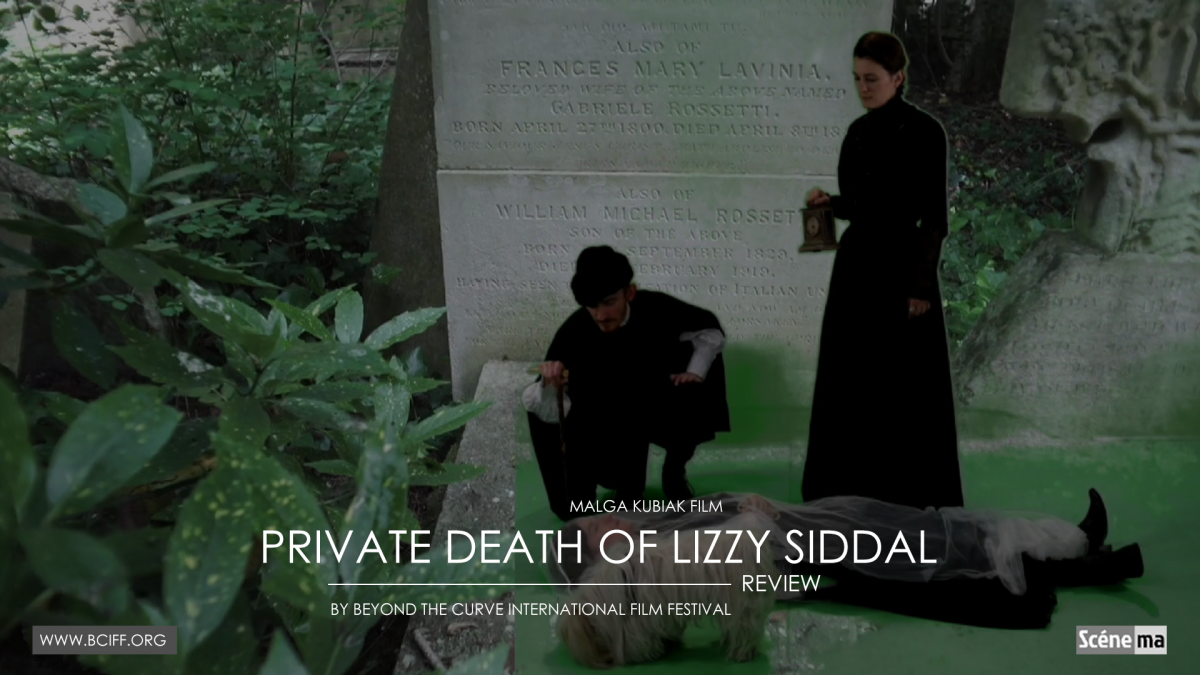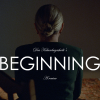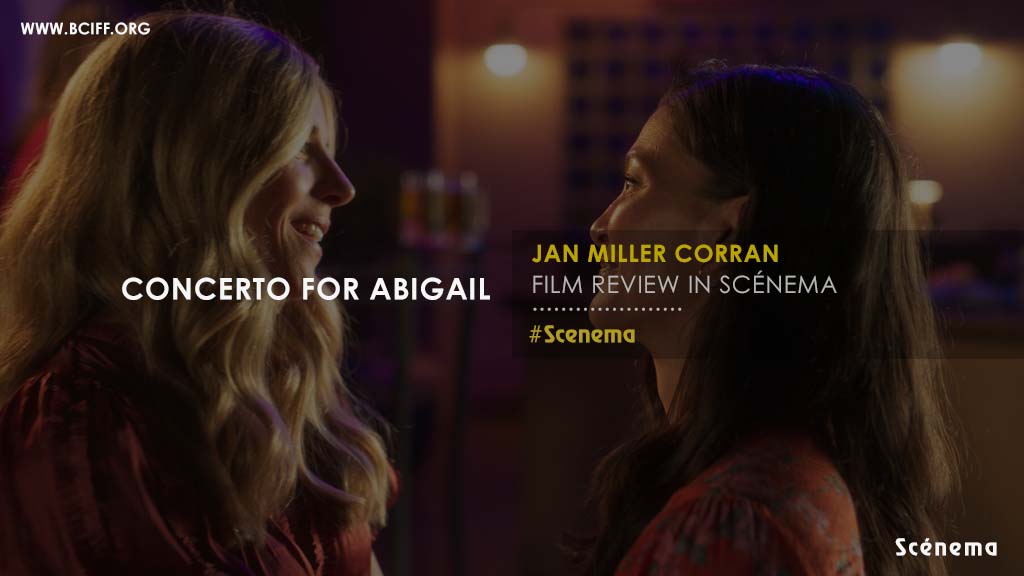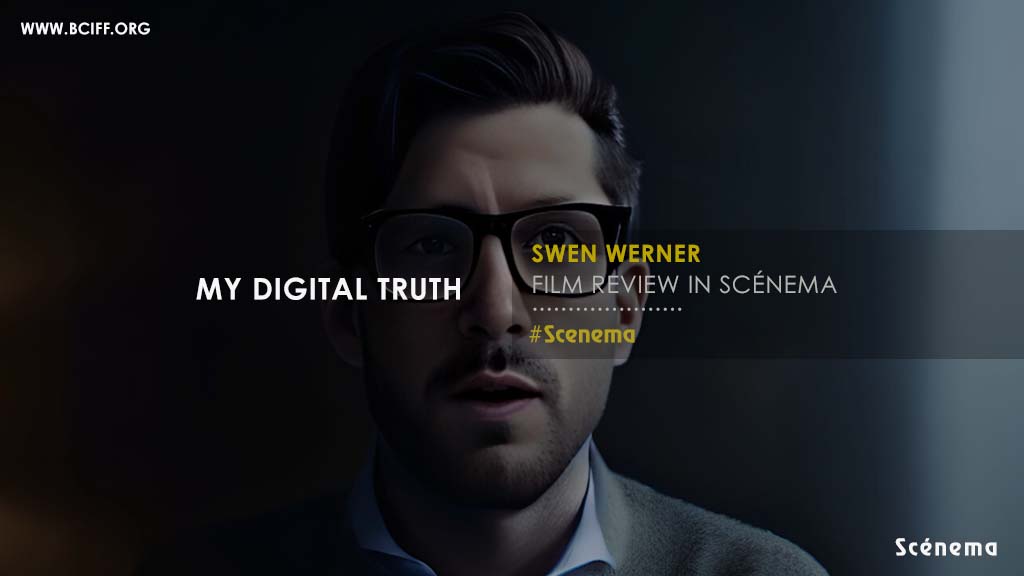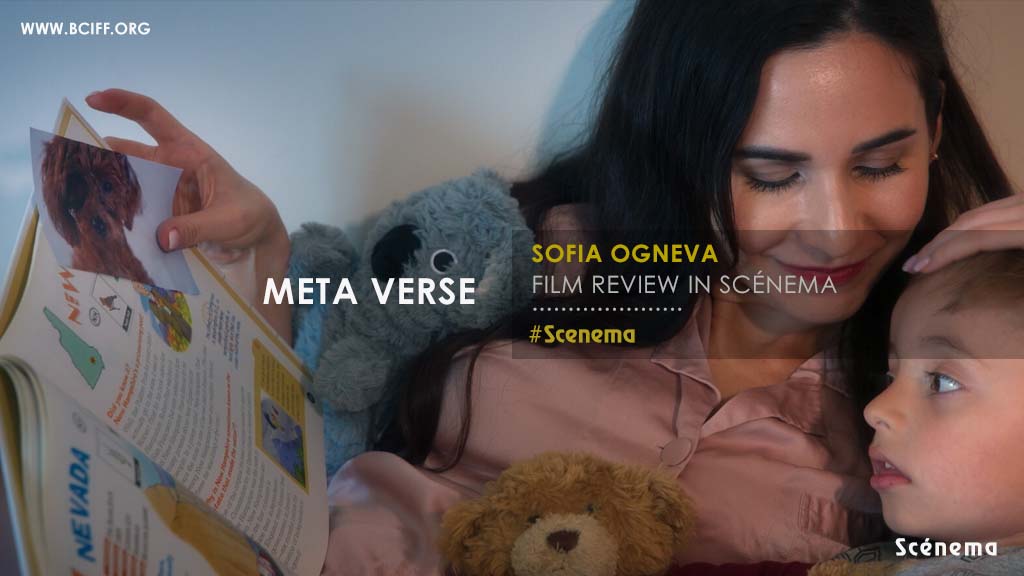Movie : Private Death of Lizzy Siddal
Director : Malga Kubiak
The movie is a tale about finding mirth. The distance they can travel to attain it. The importance for a person to loosen the shackles that had bogged her down for a long time. It is a quest for liberation in a domain dominated by the various discourses of man.
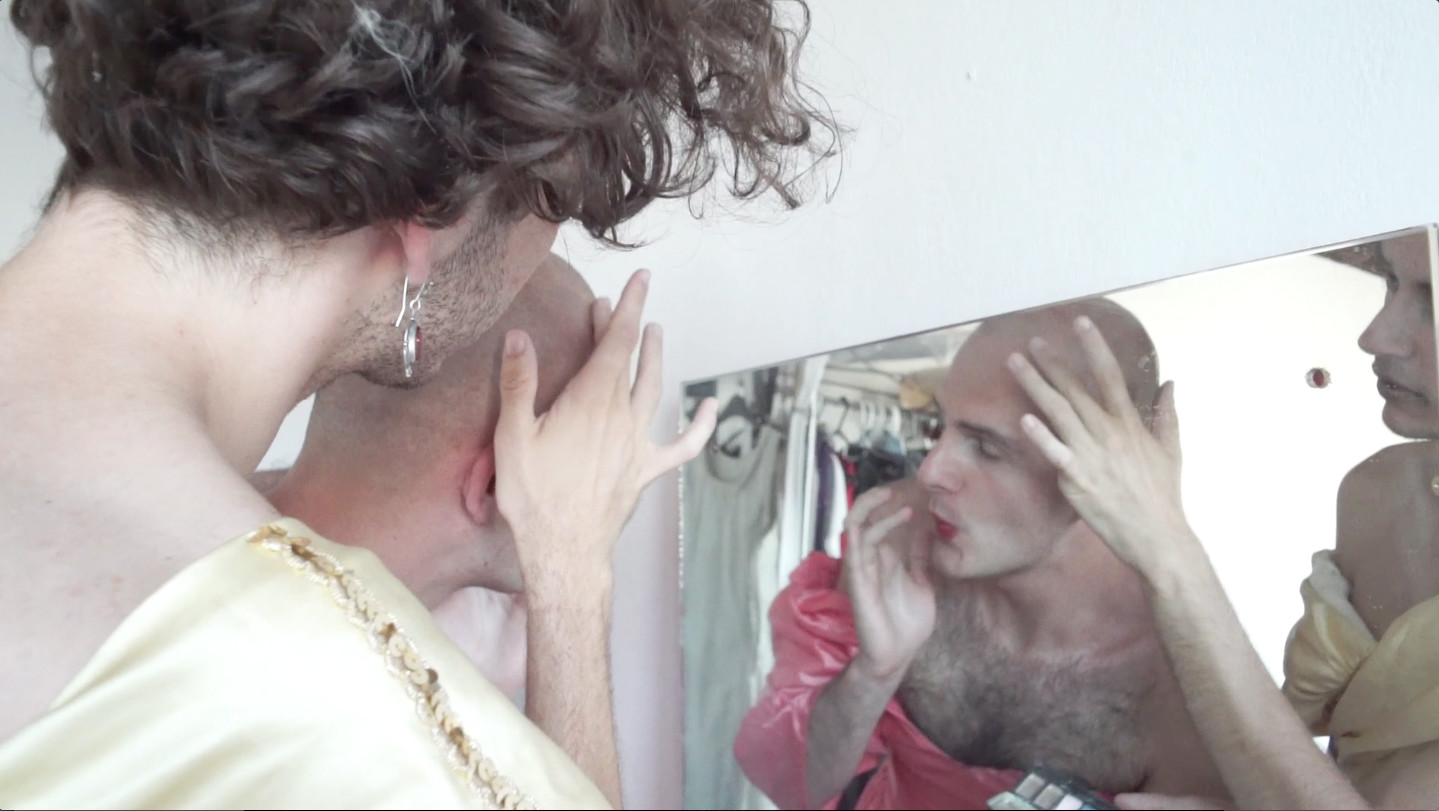
Elisabeth Siddal was a poet and a painter. She was the wife of Dante Gabriel Rossetti. For many she is considered to be a revolutionary feminist icon.
She became an inspiration for the paintings of a plethora of artists belonging to the Pre-Raphaelite Brotherhood. The names included people like Walter Deverell, William Holman Hunt, John Everett Millais and her husband, Dante Gabriel Rossetti.
Dante Gabriel Rossetti’s relationship with Elisabeth Siddal has been a subject of a number of television dramas, notably Dante’s Inferno (1967), by Ken Russell. Her role was played by Judith Paris. The role of Rossetti was played by Oliver Reed.

One can’t help but admire the performance of Caroline Lopatensky as Elizabeth Siddal in the movie. She stays true to her character throughout the movie. One can feel the sense of isolation that surrounds her in the narrative. One can also sense the agony in her , the one that follows after a truth has been half told. She becomes Lizzy Siddal as the story moves ahead.
The realm of literature offers a number of versions about Elisabeth Siddal. Certain memoirs depicted Elizabeth Siddal as “a fantasy sex” object through the manifestation of a curious cult. The director attempts to portray the various perspectives that perceived and depicted her. With a perpetual narration of poems and through a number of subjective portrayals , one somehow attempts to comprehend the eventful life of Elisabeth Siddal. She had a number of admirers. Her admirers included Swinburne and Oscar Wilde.
Charles Ricketts confessed that “Oh, we have all, when young, been in love with Miss Siddal.” Many referred to her as someone morbid and hysterical. Many believed she had suicidal tendencies. Further according to some people she felt certain prospects about herself were sacrosanct and sensitive.

However the director tries to demolish the prejudices that perhaps tarnished the image of Elisabeth Siddal. It is perhaps a tale of freedom that Lissy ran after all her life. The elusive liberation that perhaps escaped her grasps. The movie is an attempt to get her closer to the oblivion, where there is glee for an eternity. She dares to challenge the norms otherwise considered to be obvious.
The indication is also towards a certain misunderstanding about a person in the psyche of the mass. She demystifies the stories that were told about her in order to get rid of the agony of being treated like an object in the truest sense of the term.

